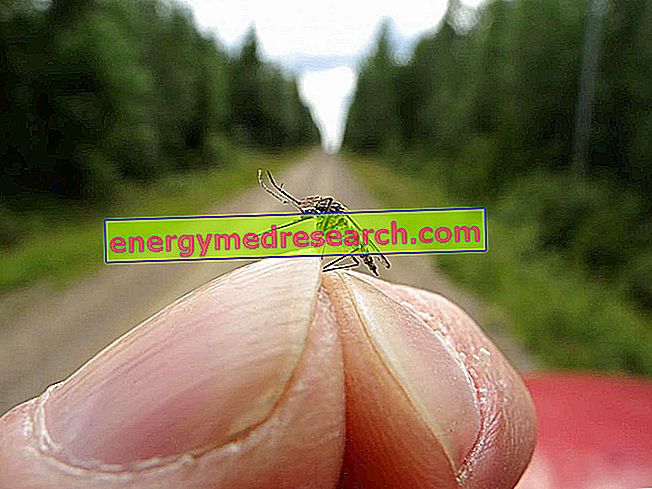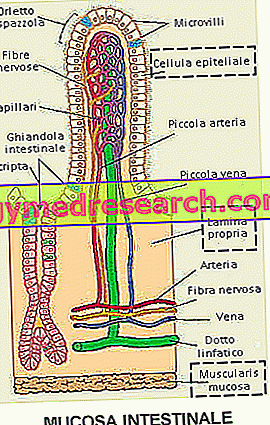Related articles: Contact allergy
Definition
Some allergic reactions result from direct contact with irritants or allergens, which can cause acute inflammation in the skin or mucous membranes. In practice, the damage occurs with a direct mechanism at the contact site. However, unlike other allergic reactions, contact reactions are not mediated by IgE, but by a particular type of T lymphocyte.
Many substances can trigger reactions of this type, from locally applied drugs to detergents, from tissues to cosmetics, from metals (eg nickel and cobalt) to plants, from latex to perfumes. Any surface can be affected, even if the hands are the most affected sites. With exposure by air (eg to perfumes, aerosols, pollens or insecticide sprays), the areas not covered by clothing are mainly affected.
Most common symptoms and signs *
- Redness of the face
- bubbles
- Bubbles on the Tongue
- Swollen arms
- Burning eyes
- Burning to the tongue
- Burning in the mouth
- Appearance of roundish vesicles in the skin and mucous membranes of the facial and / or genital area
- Skin discoloration
- dysgeusia
- Pain in the penis
- Ocular pain
- Pain, heat, redness and swelling of the finger
- Ectropion
- Edema
- Eosinophilia
- Erythema
- blisters
- Dandruff
- White Gums
- Retired Gums
- Glossitis
- Dry throat
- Eyelid swelling
- Swollen lips
- leukoplakia
- White Tongue in Children
- Inflated tongue
- Yellow tongue
- Red tongue
- Eyes reddened
- onychomadesis
- Otorrhoea
- Urethral leaks, sometimes visible only after squeezing the glans
- perionyxis
- wheals
- itch
- Leg itch
- Itching in the hands
- Itching in the head
- Urethral itching
- Red Dots on the Tongue
- Ragadi Dita
- Follows in Feet
- Rhagades in the Hands
- Cracked Heels
- Skin Ulcers
- Brittle nails
- Wavy nails
- blisters
Further indications
The primary symptom of the allergic reaction is intense itching at the contact site, which occurs within a short time (from a few hours to 72 hours).
In allergic contact dermatitis, exposure to an allergen causes skin changes ranging from temporary erythema (with redness of the affected area) to the formation of vesicles, up to severe edema with blisters or ulcerations, abrasions and crusts. The alterations present often indicate a specific exposure. For example, linear streaks on arms or legs may indicate rubbing against poison ivy, while a circular erythema may appear under a wristwatch in case of nickel allergy. Dermatitis is therefore typically limited to the area of contact, even if, at a later time, reactions may appear at a distance (the circulating T lymphocytes, following the recognition of the allergen, may find traces of the substance previously left in other parts of the body). If contact with the allergen persists, contact allergy tends to become chronic. For this reason, contact with the responsible substance should be avoided.
In addition to removal from the causes, the treatment involves the use of anti-pruritic drugs and topical corticosteroids.



